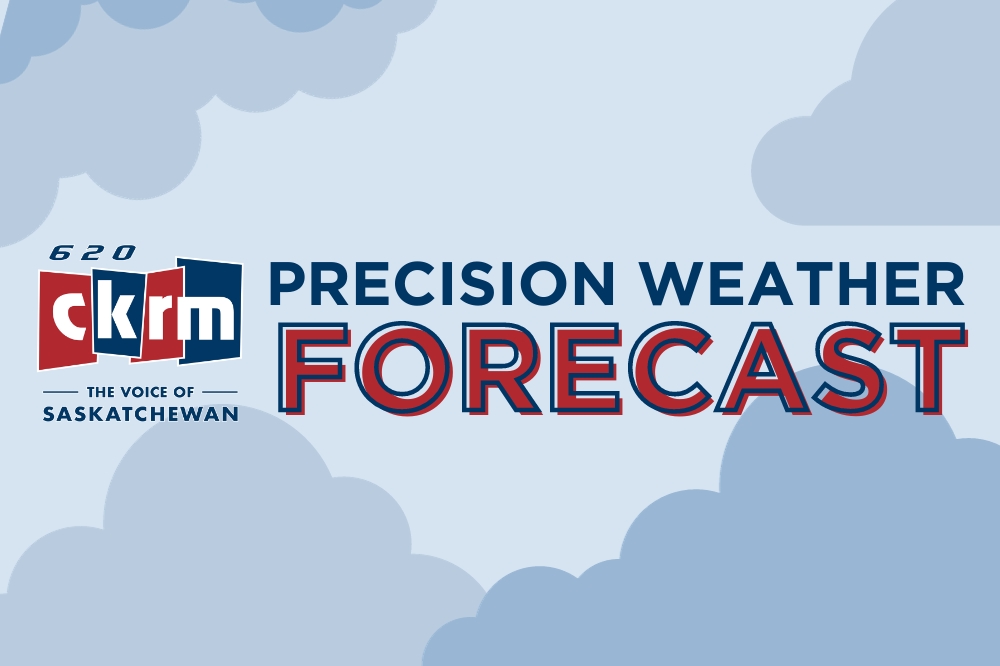Canada is making progress in the battle against the COVID-19 epidemic but we’re far from out of the woods, Prime Minister Justin Trudeau said Tuesday as his government released new projections for the disease.
Trudeau warned that caution remains the watchword when it comes to lifting restrictions that have devastated the economy.
“The measures we’ve taken so far are working. In many parts of the country, the curve has flattened,” Trudeau said at his daily briefing Tuesday. “(But) if we lift measures too quickly, we might lose the progress we’ve made.”
As provinces release their outlines or plans for getting their people on the road to normalcy, the federal government is also be releasing its framework for easing up on the restrictions. Trudeau said it’s imperative to have a co-ordinated and consistent approach “grounded in shared understanding and appreciation” of the threats we face.
Health Canada officials on Tuesday said Canada’s epidemic growth is slowing, with new cases doubling every 16 days, compared with a doubling every three days early in the pandemic.
Total cases of COVID-19 across Canada could reach 66,835 by May 5 according to the worst-case scenario, or as low as 53,196 in the best-case scenario, according to government projections. The number of deaths could reach 3,883 by May 5 under the worst-case scenario, or 3,277 under the best-case. Canada is closing in on 50,000 known cases, of which more than 2,700 have been fatal. Deaths in senior and long-term care facilities are responsible for the 79 per cent of COVID-19 deaths, according to government data — particularly in Quebec, Ontario and Nova Scotia.
Dr. Theresa Tam says so far, 740,000 tests have been carried out, with about 20,000 people getting tested daily. Seven per cent have tested positive.
Even with strong controls in place, the Public Health Agency of Canada suggests that 10 per cent of the Canadian population could eventually be infected with COVID-19, or roughly 3.7 million people, which would translate into roughly 44,000 deaths. With no social economic controls or social distancing measures in place, by comparison, as many as 80 per cent of the population, or 30 million people, could be infected, leading to around 355,000 deaths.

Picture: Government of Canada
Tam says the new models are planning tools that allow illness rates to be forecasted in the short term and to allow public health measures to be adjusted.
Getting the country moving, Trudeau said Tuesday, won’t be an overnight process. Among other things, it will depend on capacity for testing and tracing coronavirus infections and ensuring that workers are safe on the job.
“Controlling transmission is key,” he said. “Restarting our economy will be gradual and careful and will be guided by science.”
Quebec, which has been hit hardest, has set May 11 for reopening schools and daycares, although attendance would be voluntary. High schools, junior colleges and universities are to remain closed until September. Ontario has drawn up a gradual reopening framework but has given no dates or schedule, other than that schools will stay closed until at least the end of May.
While work continues in Canada and around the world on finding a COVID vaccine, a new Leger poll for the Association for Canadian Studies finds 60 per cent of Canadians believe inoculation once available should be mandatory, while the rest think it should be voluntary.
Trudeau said it was far too early to discuss the issue of whether everyone should have to get a shot.
“We are still unfortunately a long way from having a vaccine,” Trudeau said. “As far as the protocols are concerned, we still have a fair bit of time to reflect on that.”
(Canadian Press)








